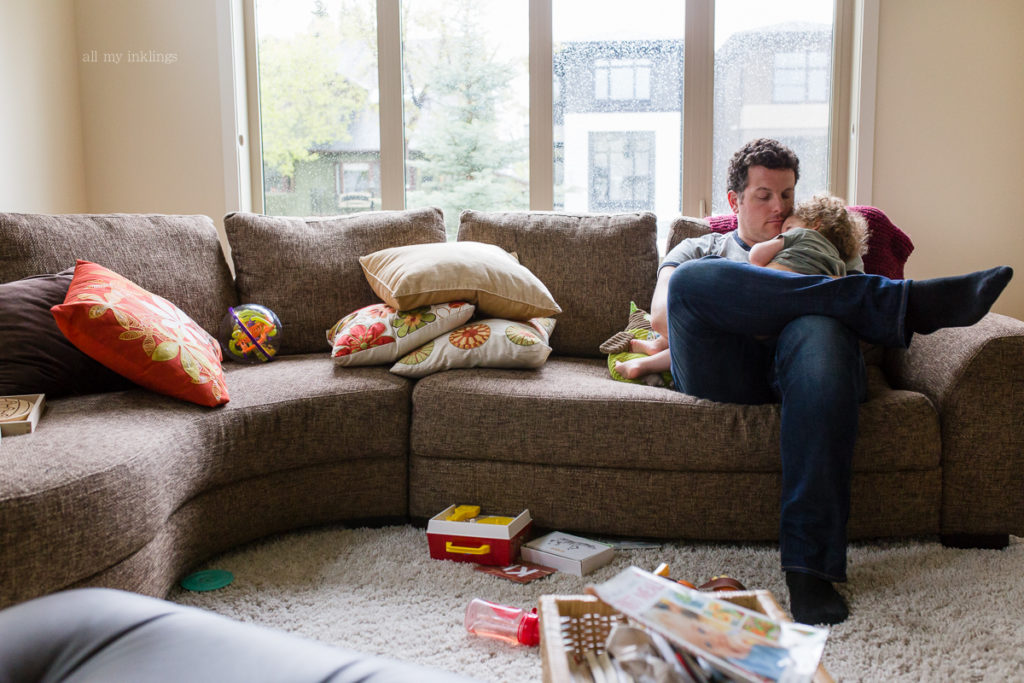
I have realized something over the last few days: writing is g.d. hard when your inspiration is out of town. Seriously. I figured if I finally gave myself an outlet, the words would flow. The ideas certainly do. But I don’t want to post crap. No one has time to read crap. Most people don’t even have time to read stuff that isn’t crap.
My need to write is a physiological thing that happens at unpredictable and often inconvenient times. It’s like a fart. If you’re at home alone, you can let it out freely without having to worry about others being around to experience what’s going on. It might stink, but time will fix it and no one will be the wiser. If you’re in public, well… then it’s all about repression of instincts.
I think this is why I’ve become so interested in photography. You don’t need three hours to take a decent photograph, especially if you consider yourself a documentary or “real-life” snapper. Let life happen and hopefully you’ll have your camera ready when something interesting presents itself. Then you can edit when the kids go to sleep or when they’re trying to pull your pants down or, even better, when your husband takes them to the pool — both of them, together, without another adult (my hero).
In my experience, which is very little, you can still dabble with presets when you’re sleep deprived. In fact, I find it relaxing to fiddle around with a photo in post processing. Does it look better in black and white or colour? What if I boost the contrast? Does that look too fake? Is fake okay?
Writing, on the other hand, requires me to have some semblance of mental function. I should mention here that I am in no way saying real photographers can work in their sleep. It’s much more of a honed craft for them. They know what works and what doesn’t and how to manipulate a photo (either before or after they take it) to look just right.
I’m sure if I sent some of my shots off to for some CC, as they call it, my photographer friends would come back with a plethora of suggestions for how to improve the exposure triangle, the lighting, the saturation, the composition or all of the above. They would suggest changes I couldn’t have seen because they never would have occurred to me. It’s similar to when people send me their writing. I suggest changes they couldn’t see because they aren’t used to the puzzle known as structural flow.
I think that’s my favourite part about editing. Often when people send me a piece, it isn’t the writing that needs help, it’s the structure. Move that sentence here, flip that paragraph around and, often, find the lede somewhere in the middle. You’re still getting from point A to point B, but without as many obstacles or switchbacks. There are times, though, when I get carried away and commit the asshole crime of editing for style. I pay penance for that because I know how much it sucks to have someone hijack your mojo.
I suppose that could also happen with photos. The eye is so personal, as we all learned from the black and blue dress. You know, the one that *isn’t* white and gold? I keep asking photographer friends for editing advice, but I’m not respecting the difficulty they must face in separating personal style from direction.
I need a moment here as I feel the enormity of creative possibilities that exist in the world. Can you imagine if we all liked the same music or read the same genre of book or ate the same food? Life would be boring as shit. The interesting thing is that we sometimes fail to see the value in those differences. We look at ourselves and subconsciously ask whether our clothes or cars or even parenting philosophies jive with the concept we want to present to the world. We see outliers and either envy their ability to stray from the norm or flee from the discomfort of something that’s too different.
I met a lady the other night — normal person/mom/wife like me — and she had the most amazingly rad hair. I thought, good god this woman is fantastic! I immediately started imagining myself with this kick-ass hairdo. Then I quickly came back to my own reality. I loved it on her, and it may very well look great on me, but it’s not who I am. I am subtle. I wear run of the mill clothes. I don’t dye my hair, I don’t do my nails and I only wear jewelry when I feel the need to look grown-up.
I am just me. And today I wrote about writing farts and rad hair.








